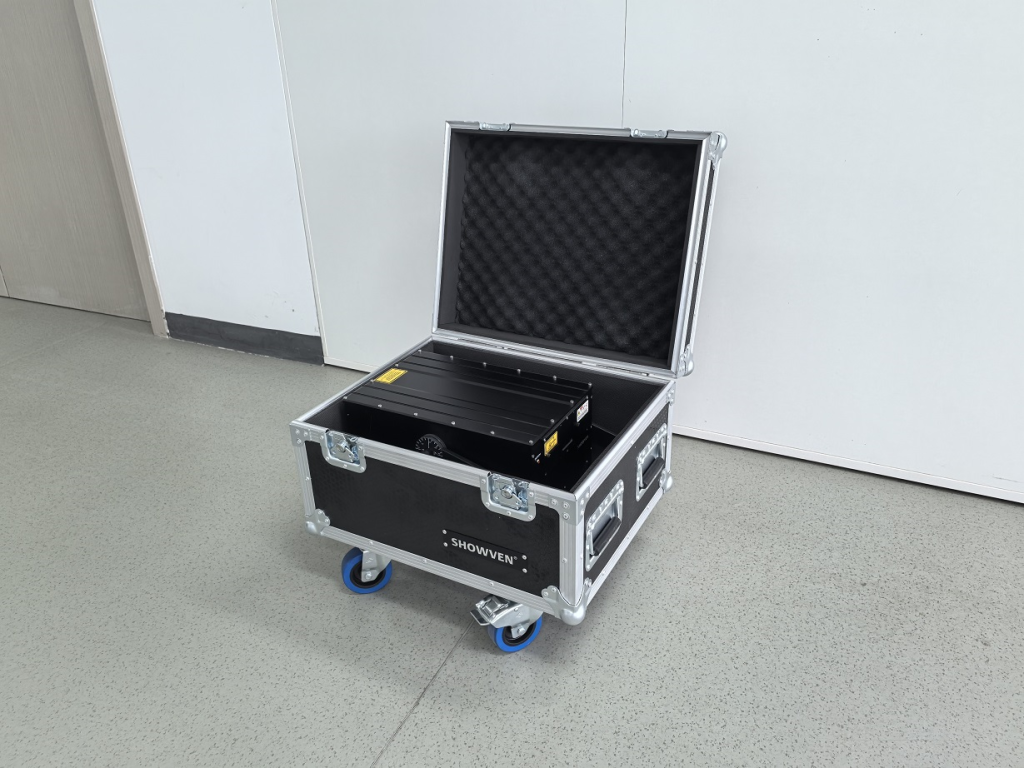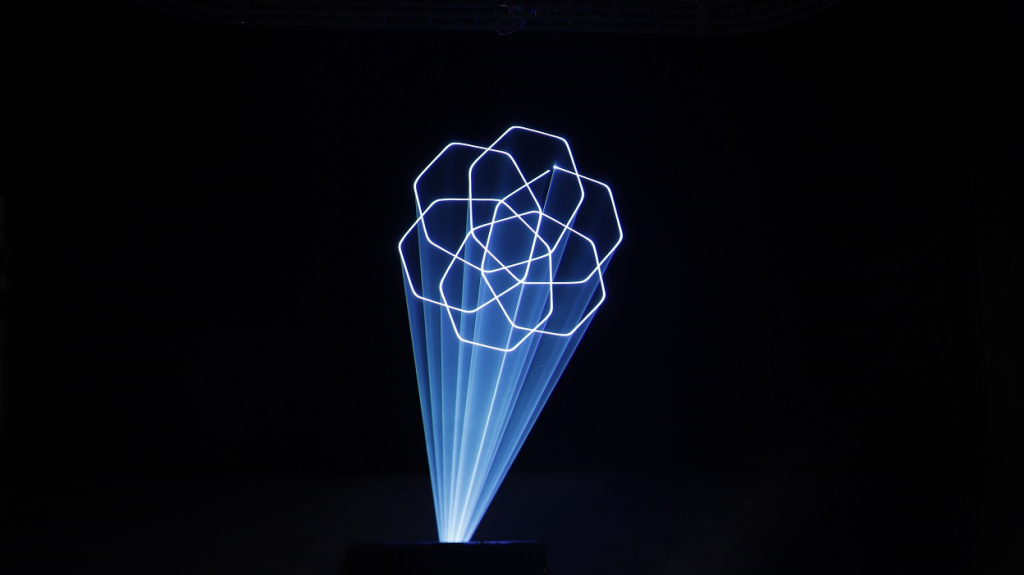The Moment We Look Up: Why Site Signals Are Changing
Here is the clear truth: people follow the brightest, cleanest signal in the sky. A sky laser makes that signal visible from blocks away, even when streets are crowded and signage is hidden. On big sites—stadiums, towers, hospitals—teams still lose time circling for the right gate or crane line. Industry estimates say a surprising share of evening delays come from poor visual cues, not from slow tools or crews. That is costly, and it is quiet. Now ask: if a beam can draw a path above the noise, why are we still relying on flags and dim strobes?

We compare two worlds. The old world uses floodlights, beacons, and radio calls; the new world uses targeted beams with low beam divergence and smart control. The first spreads light everywhere (and distracts); the second points light exactly where you want it. Less haze, less spill, more intent — funny how that works, right? The numbers add up when you count fewer missed turns, fewer clogs at entry points, and safer staging after dark. So, what should we measure to know the shift is real? Let us walk through it, step by step, and keep it practical (no magic, only physics). Next, we look at the hidden frictions people feel but rarely report.
Hidden Frictions You Can’t See Until Nightfall
What really trips teams after dark?
When crews ask for a laser for building, they are not chasing spectacle. They want fewer handoff errors between gate, lift, and roof edge. The pain points are simple but deep: mixed radio chatter, muddy floodlight glare, and wind-blown signage. A building-grade beam cuts through that chaos with controlled beam divergence and verified optical alignment. Look, it’s simpler than you think. You set a fixed aim for the entry stack, add a secondary cue for the crane swing, and tie both to a safety interlock. Because power converters handle stable output, the beam stays crisp even on backup power. This is the part the old methods miss: precision gives calm. Calm gives flow.
The technical story is small and important. Galvanometer scanners draw cues fast, so crews see an arrow or marker in real time, not a blinking guess. IP65-rated housings resist dust and spray, which keeps maintenance low when weather turns. DMX control or a simple network trigger sets patterns by zone; no need to call the tower twice. And when you log events by modulation frequency or runtime, you get audits that match lifts and deliveries. That data closes the loop. It proves the beam did what the plan promised—on time, under stress.

From Beams to Better Flow: What Comes Next
What’s Next
Now we look ahead, and we compare with clear lines. Old signals said “somewhere over here.” New signals will say “this exact path, now.” The difference rests on new technology principles: higher-speed scanning, smarter control logic, and safer fallbacks. A well-specified unit like a 60w laser light can run narrow patterns that remain visible through light haze, then widen on cue if fog rolls in—adaptive, not stubborn. Edge computing nodes will sit close to the device to cut latency. If a queue grows at Gate C, the beam shifts angle and length within seconds. And if conditions change, the safety interlock steps in first, always. No drama, just rules.
Real sites will feel this in small wins. Faster first-turn accuracy. Cleaner crane approach lines. Reduced glare for neighbors—because control beats brute force. Compared to floodlights, power draw can drop while clarity rises. Compared to flags, human error drops while traceability rises. That is the comparative insight in plain view. To choose well, use three metrics. One: measurable visibility under 1–3 lux ambient light, verified by test photos and beam spread charts. Two: system integrity, including IP rating, thermal protection, and emergency stop performance. Three: control depth—can you log events, integrate DMX or API, and set multiple profiles without vendor lock-in? Stick to those, and your next install will work harder than you do—funny how that works, right? For further technical grounding without hype, see Showven Laser.